Khulasa: Summary of Abu Isa At-Tirmidhi’s Shama’il Muhammadiyyah
R100.00
This concise work is a summary of Imam Abu Isa al-Tirmidhi’s Ash-Shamail al-Muhammadiyya, a widely-acclaimed work which details different aspects of the character and lifestyle of Allah’s Messenger (May Allah bless him and grant him peace).
By Sheikh Muhammad Abd al-Hayy al-Kattani
Edited & Annotated By Javed Iqbal
Translator : Aisha Bewley
Paperback 94 Pages
Publisher : Turath Publishing
In stock
This concise work is a summary of Imam Abu Isa al-Tirmidhi’s Ash-Shamail al-Muhammadiyya, a widely-acclaimed work which details different aspects of the character and lifestyle of Allah’s Messenger (May Allah bless him and grant him peace).
Based primarily on the Moroccan scholar Sheikh Muhammad Abd Hayy al-Kattani’s summary entitled Munyat al-Saa’il, this book beautifully captures the essence of each chapter of the Shamail, allowing readers to draw ever closer to Allah’s Messenger (May Allah bless him and grant him peace) and study his salient features, as though they are directly observing his blessed personage.
In an era where Muslims are being detached from Allah’s Messenger (May Allah bless him and grant him peace), the lifeline of a person’s belief, it is hoped this summary will help rekindle the flame of love for him and inspire readers to emulate his blessed example.
About Imam Al-Tirmidhi
Imam Abu Isa Muhammad ibn Isa ibn Sawra al-Tirmidhi was born in 210 ah in Termez, Uzbekistan. He travelled far and wide in his pursuit of the prophetic hadiths, and narrated from Imams al-Bukhari, Muslim, Abu Dawud, Qutayba ibn Sa’id and Muhammad ibn Bas-shar among many others.
He was renowned for his piety, abstinence and remarkable memory. Among his famous works are Ash-Shama’il al-Muhammadiyya and Al-Jami’ al-Kabir, commonly known as Sunan al-Tirmidhi. Imam Abu Isa al-Tirmidhi passed away in 297 AH.
About The Author
Sheikh Muhammad Abd al-Hayy al-Kattani was born in 1302 AH in Fez, Morocco. He received his early education by his illustrious father, Sheikh Abd al-Kabir al-Kattani, and his brother, Sheikh Muhammad ibn Abd al-Kabir, before moving on to study under great scholars at the renowned institute of Kairouan.
He travelled across Morocco and beyond to Egypt, Syria and the Holy Lands, where he benefited from the knowledge of many scholars. Towards the end of his life, Sheikh Muhammad Abd al-Hayy experienced a number of difficulties from the authorities in Morocco, forcing him to emigrate to Nice, France, where he passed away in 1382 AH.
About The Translator
Aisha Abdurrahman at Tarjumana Bewley is one today’s most prolific translators of classical Arabic work into English. Aisha Bewley not only understands Arabic but she is also aware of the basic meanings and nature of teachings and history of Islam. Her knowledge is born of experience and direct transmission, not merely academic theory and learning by rote. For more than twenty-five years she has been concerned with making the contents of many classical works in Arabic more Accessible to English-speaking readers for the first time, including Ash-Shifa of Qadi “Iyad.
She is co-translator The Noble Qur’an A New Rendering of its Meaning in English. Other works include –Al-Muwatta of Imam Malik , Glossary of Islamic Terms, Islam: The Empowering of Women, Muslim Women A Biographical Dictionary.
Table of Contents :
- —Preface,
- —Editor’s Introduction,
- —About the Authors. The Khulasa,
- —[1]. His Physical Description,
- —[2]. Concerning the Seal of Prophecy,
- —[3]. The Hair of His Head,
- —[4]. The Prophet, salla Allahu ‘alayhi wa Sallam, having his Noble Hair Combed,
- —[5]. His Fragrant White Hair,
- —[6]. His Pure Hair Dye,
- —[7]. His Use of Kohl,
- —[8]. His Garments,
- —[9]. His Khuffs (Leather Socks),
- —[10]. The Sandals of Our Master, the Messenger of Allah, salla Allahu ‘alayhi wa Sallam,
- —[11]. His Signet Ring,
- —[12]. His Sword,
- —[13]. His Armour,
- —[14]. His Helmet.
- —[15]. His Turban,
- —[16]. His Waist-Wrapper (Izar),
- —[17]. His Manner of Walking,
- —[18]. His Head Covering,
- —[19]. His Sitting,
- —[20]. His Leaning,
- —[21]. How the Prophet, salla Allahu ‘alayhi wa Sallam, Ate & the Description of His Bread,
- —[22]. His Condiments,
- —[23]. The Wudu’ of the Messenger of Allah, salla Allahu ‘alayhi wa Sallam, Before and After Eating,
- —[24]. What the Prophet said Before and After Eating,
- —[25]. His Cups,
- —[26]. His Fruit,
- —[27]. The Drink of the Prophet, salla Allahu ‘alayhi wa Sallam,
- —[28]. How the Prophet Drank,
- —[29]. The Perfume of the Prophet, salla Allahu ‘alayhi wa Sallam,
- —[30]. How the Prophet Spoke,
- —[31]. His Laughter,
- —[32]. His Joking,
- —[33]. Description of His Words Regarding Poetry,
- —[34]. His Night Talk,
- —[35]. [Hadith of Umm Zar’]
- —[36]. Description of His Sleep,
- —[37]. His Fasting,
- —[38]. The Recitation of the Prophet, salla Allahu ‘alayhi wa Sallam,
- —[39]. The Weeping of the Prophet, salla Allahu ‘alayhi wa Sallam,
- —[40]. The Bed of the Prophet, salla Allahu ‘alayhi wa Sallam,
- —[41]. His Humility,
- —[42]. The Character of the Prophet, salla Allahu ‘alayhi wa Sallam,
- —[44]. The Modesty of the Prophet, salla Allahu ‘alayhi wa Sallam,
- —[45]. The Cupping of the Prophet, salla Allahu ‘alayhi wa Sallam,
- —[46]. His Names,
- —[47]. His Way of Life,
- —[48]. His Age,
- —[49]. The Death of the Prophet, salla Allahu ‘alayhi wa Sallam,
- —[50]. His Legacy,
- —[51]. Dreaming of Him, salla Allahu ‘alayhi wa Sallam.
- —[52]. The Chain (Sanad) of Shaykh Muhammad ‘Abd al-Hayy al-Kattani.
RELATED PRODUCTS
40 on Justice by: Omar Suleiman (Paperback)

















Useful links
Contact us
- Store: 222 Kenilworth Rd, Overport, Durban | Open: Mon-Fri 9:30am -4:30pm, Sat 9am-3pm
- Store No. & Whatsapp: +2763 9592175
- Office : 37 Collingham Rd, Sherwood, Durban | Open: Mon-Fri 8:30am-4pm
- Office No. (online & wholesale orders): +27312073871 / +27 605428655
- Email: [email protected]
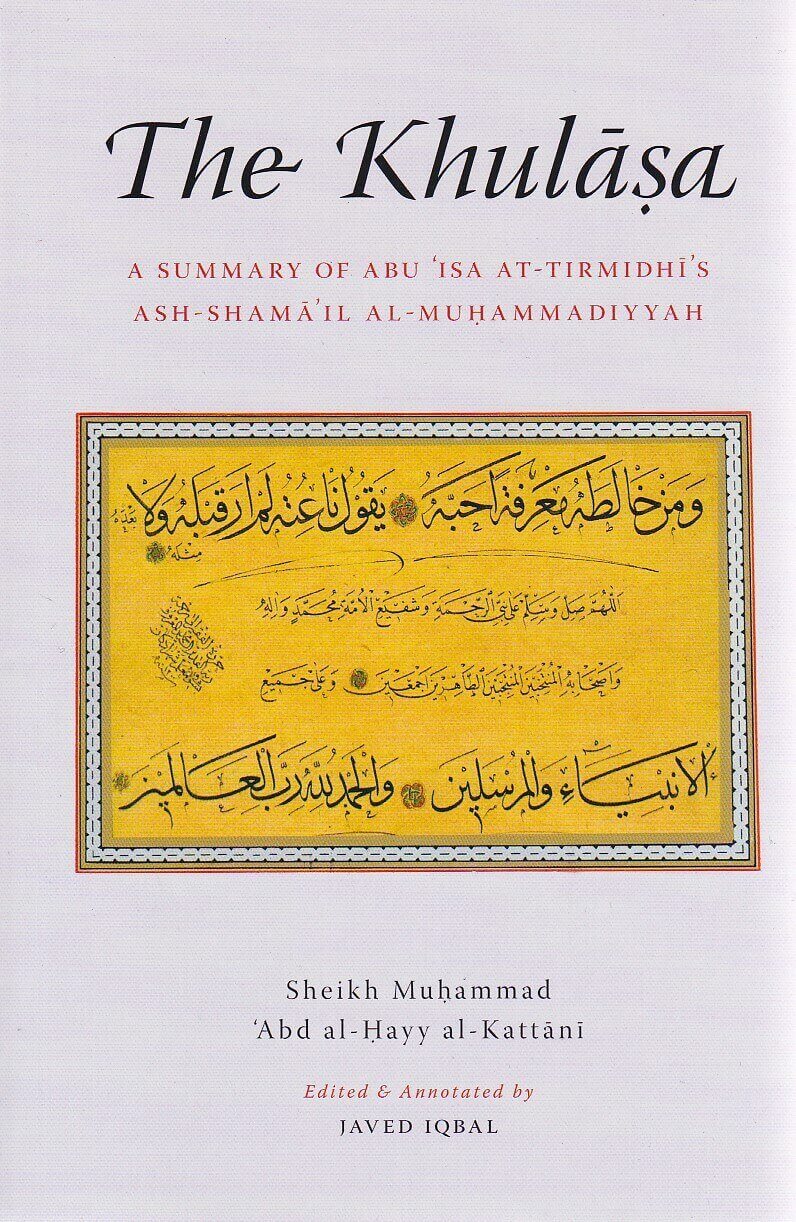
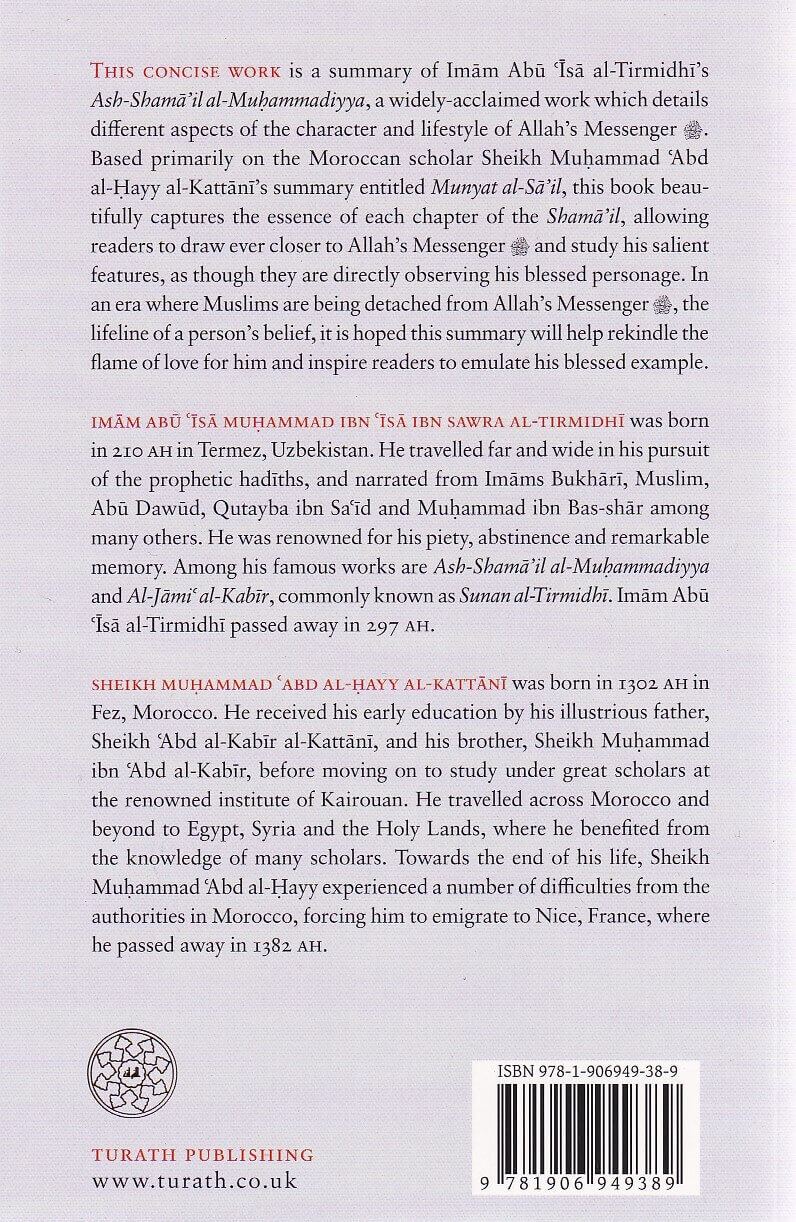
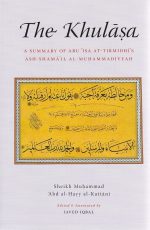


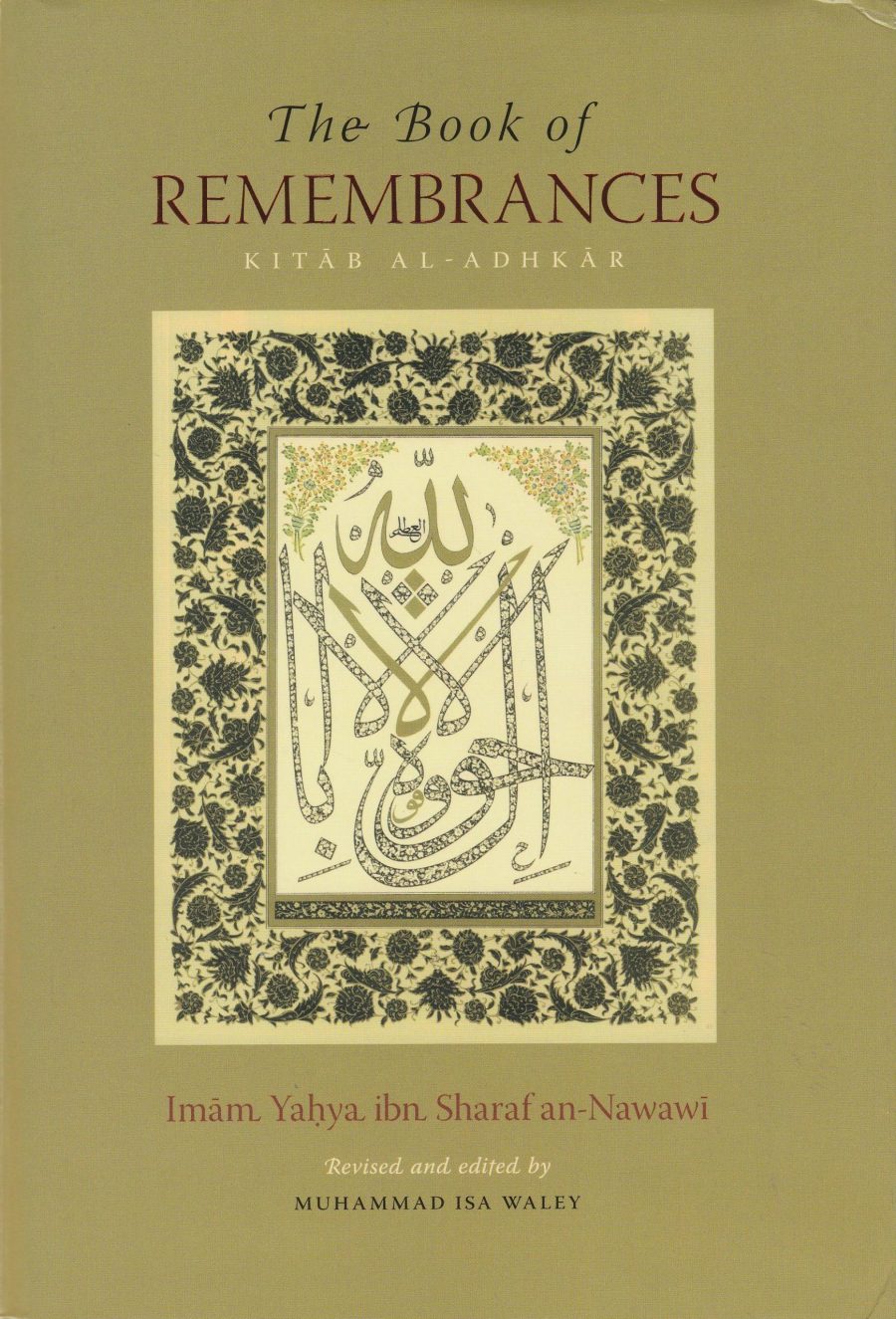
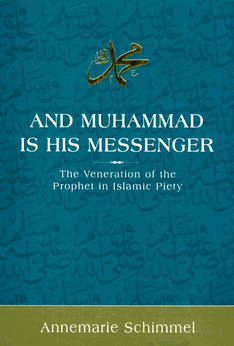
![HADITH AND SUNNAH: Ideals and Realities [PB] - Edited by P.K. Koya](https://hikmah.co.za/wp-content/uploads/2019/08/hadith_and_sunnah.jpg)

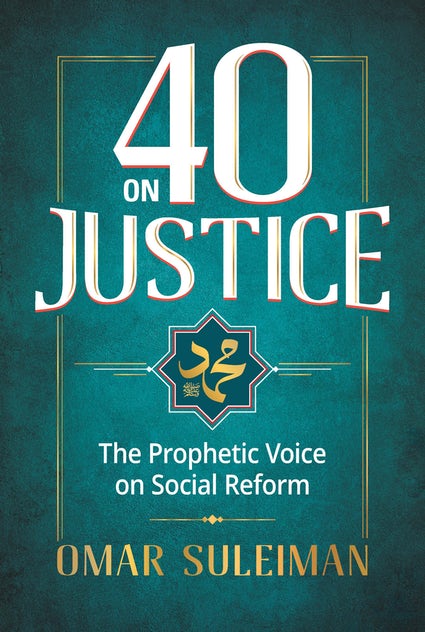
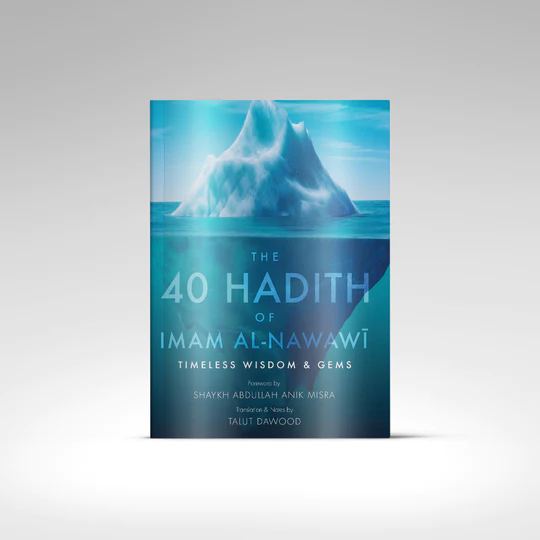
Reviews
There are no reviews yet.